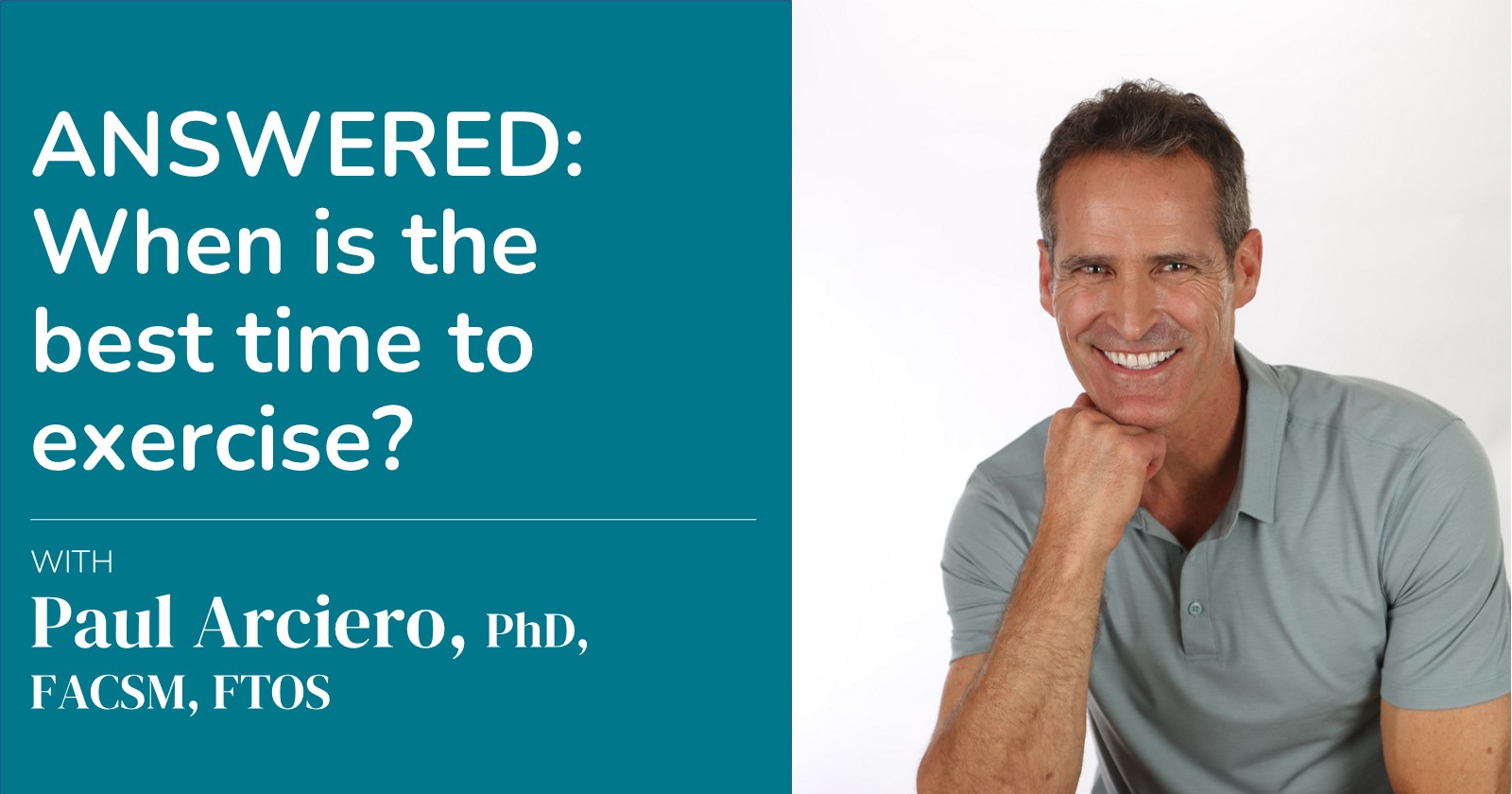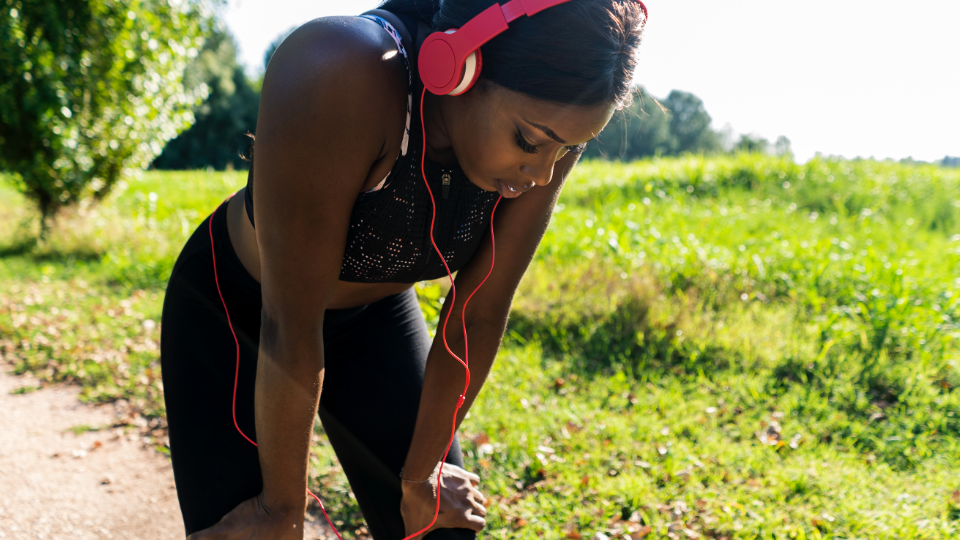Iron deficiency impairs running performance
Running a marathon is one of the most demanding endurance events, placing so much of stress on the body that it puts athletes at risk of iron-deficiency anemia, a new scientific review warns (1).
At greatest risk are female runners, nutrition scientists have found. Women athletes are also more likely to limit meat in their diets, restrict calories in order to lose weight, or otherwise don’t eat well enough to get enough iron intake (4, 5).
Lacking iron, female runners could worsen their race times, not to mention experience poor health. Iron in the body is critical for red blood cell production needed to carry oxygen throughout the body and to help release energy during exercise, as well as for maintaining a properly functioning immune system (2).
Inadvertently, runners destroy red blood cells, increasing their need for iron, by the simple act of striking their foot on the ground. Termed foot-strike hemolysis, runners can experience trauma to the foot that causes red blood cell damage and destruction (1).
Signs that You’re Iron Deficient
Indicators of being deficient in iron include feeling tired and unable to perform as you normally would. Others include having a poor appetite, being more prone to colds and infections, increased heart rate, and experiencing paleness. A blood test is needed to know exact iron status, but if these symptoms are continually displayed it is advisable to seek medical counsel.
Iron deficiency occurs when the body’s iron stores become depleted and a restricted supply of iron is available (2). Iron depletion causes a loss in oxygen transport capacity and a reduction in exercise capacity since oxygen cannot get to working muscles. If depletion progresses, low iron can lead to severe lethargy and poor training.
Iron deficiency can also happen rapidly or slowly depending on the balance between iron intake and expense. From the evidence published in scientific literature, iron intake is marginal or inadequate in many females who participate in regular exercise, and is related to both quantities of food and the decision to remove meat from their diet (3).
How to Get More Iron
Getting iron can depend on whether it’s consumed from animal or plant sources. Heme iron in animal sources is more effectively absorbed than non-heme iron found in vegetable sources. For this reason, vegetarians are at a relatively greater risk for iron deficiency, especially when restricting other foods containing iron (3). In women who exercise, eating just one serving of meat per day was found to sufficiently maintain iron levels, while it may take more servings of iron-rich vegetables such as spinach or kale to meet intake needs (1).
Many athletes also turn to iron supplements, but there are risks to this, and unless a doctor prescribes it, iron supplements shouldn’t be self-administered. For example, inappropriate supplementation could lead to interference with calcium, zinc, or copper absorption. In addition, some people may have a genetic disorder where excess iron is stored leading to bodily damage (4). The risks of uncontrolled or medically unsupervised iron supplementation can also increase body iron stores to levels that can cause adverse liver issues and impair immune functions (5;6).
The first line of action in the prevention of iron deficiency should be to work with a doctor, and look toward incorporating more iron-rich foods from both animals or plants, as well as supplement with extra vitamin C since it facilitates increased iron absorption (3).
By consuming the recommended dietary allowance for iron, monitoring dietary intake, and good nutritional counseling, runners can work to protect themselves as they continue in their sport.
References
- Telford RD, Sly GJ, Hahn AG, Cunningham RB, Bryant C, Smith JA. Footstrike is the major cause of hemolysis during running. Journal of Applied Physiology 2003;94:38-42.
- Bothwell TH, Charlton RW, Cook JD, Finch CA. Iron metabolism in man. Iron metabolism in man 1979.
- Beard J, Tobin B. Iron status and exercise. The American journal of clinical nutrition 2000;72:594s-7s.
- Zoller H, Vogel W. Iron supplementation in athletesGÇöfirst do no harm. Nutrition 2004;20:615-9.
- Grando-Lemaire V+, Guettier C, Chevret S, Beaugrand M, Trinchet JC, Groupe d’Etude et de Traitement du Carcinome Hepatocellulaire. Hepatocellular carcinoma without cirrhosis in the West: epidemiological factors and histopathology of the non-tumorous liver. Journal of hepatology 1999;31:508-13.
- Johnson EE, Wessling-Resnick M. Iron metabolism and the innate immune response to infection. Microbes and Infection 2012;14:207-16.





